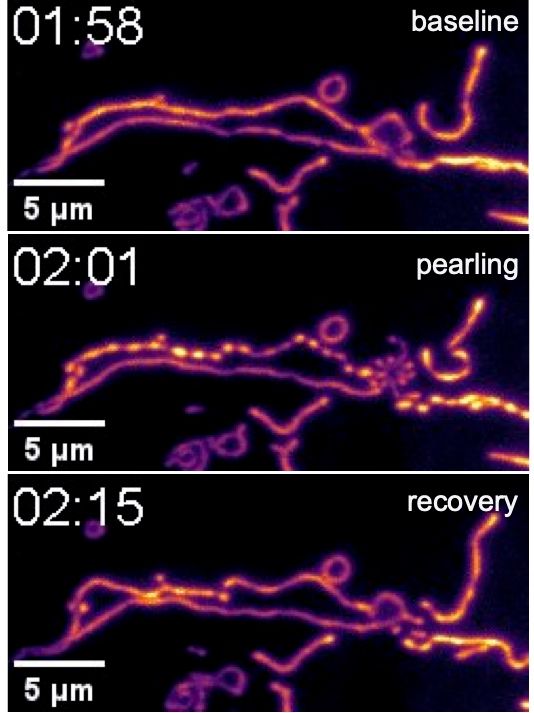

www.cell.com/current-biol...

www.cell.com/current-biol...

www.cell.com/current-biol...

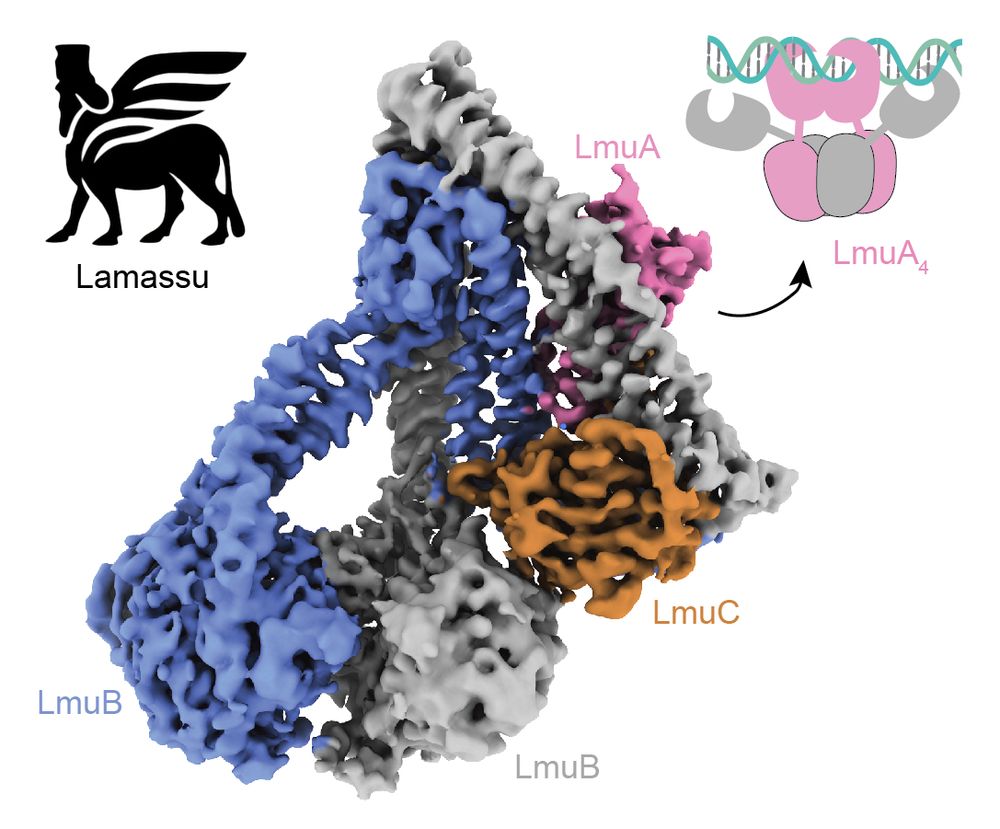
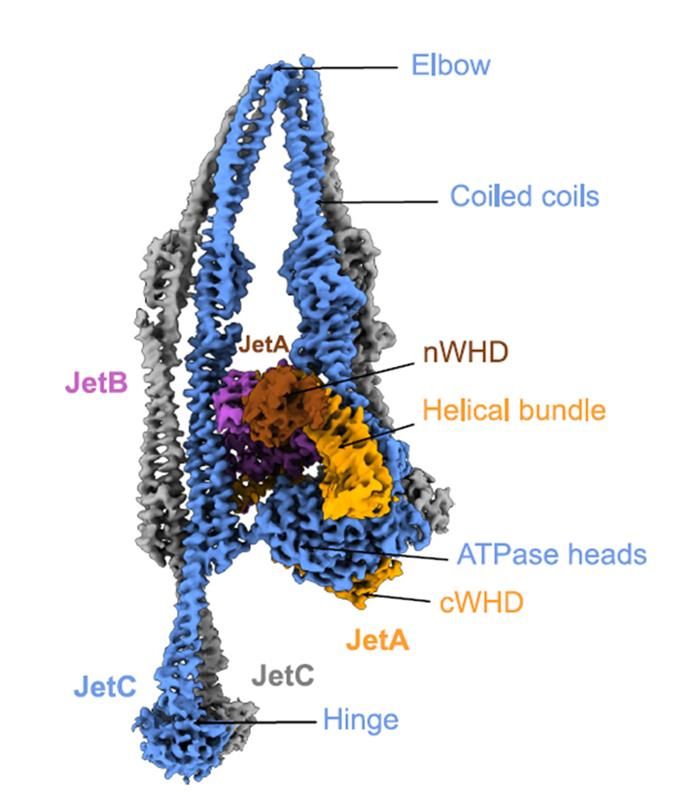

Such a great and timely review for a topic that remained under-explored for such a long time but has attracted a lot of attention in the last few years. The field is now moving in leaps and bounds. #RNAsky
www.cell.com/cell/fulltex...

Such a great and timely review for a topic that remained under-explored for such a long time but has attracted a lot of attention in the last few years. The field is now moving in leaps and bounds. #RNAsky
www.cell.com/cell/fulltex...
by Tung Le & co @johninnescentre.bsky.social
www.nature.com/articles/s41...

by Tung Le & co @johninnescentre.bsky.social
www.nature.com/articles/s41...
Single-stranded DNA binding to the transcription factor PafBC triggers the mycobacterial DNA damage response | Science Advances www.science.org/doi/10.1126/...

Single-stranded DNA binding to the transcription factor PafBC triggers the mycobacterial DNA damage response | Science Advances www.science.org/doi/10.1126/...
www.science.org/doi/10.1126/...
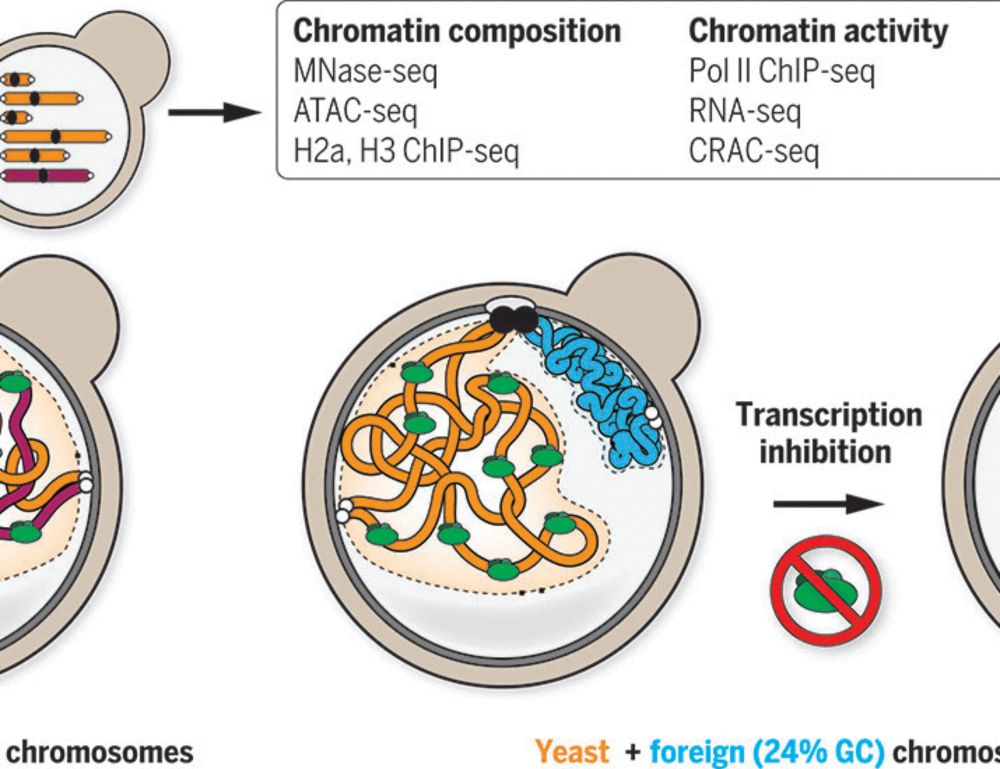
www.science.org/doi/10.1126/...
www.embopress.org/doi/full/10....

www.biorxiv.org/content/10.1...

CTPases, the new kids on the block
by Tung Le & co @johninnescentre.bsky.social
www.nature.com/articles/s41...

CTPases, the new kids on the block
SMC motor proteins have a left-right ‘gearbox’ and can switch direction in DNA loop extrusion!
www.sciencedirect.com/science/arti...
1/
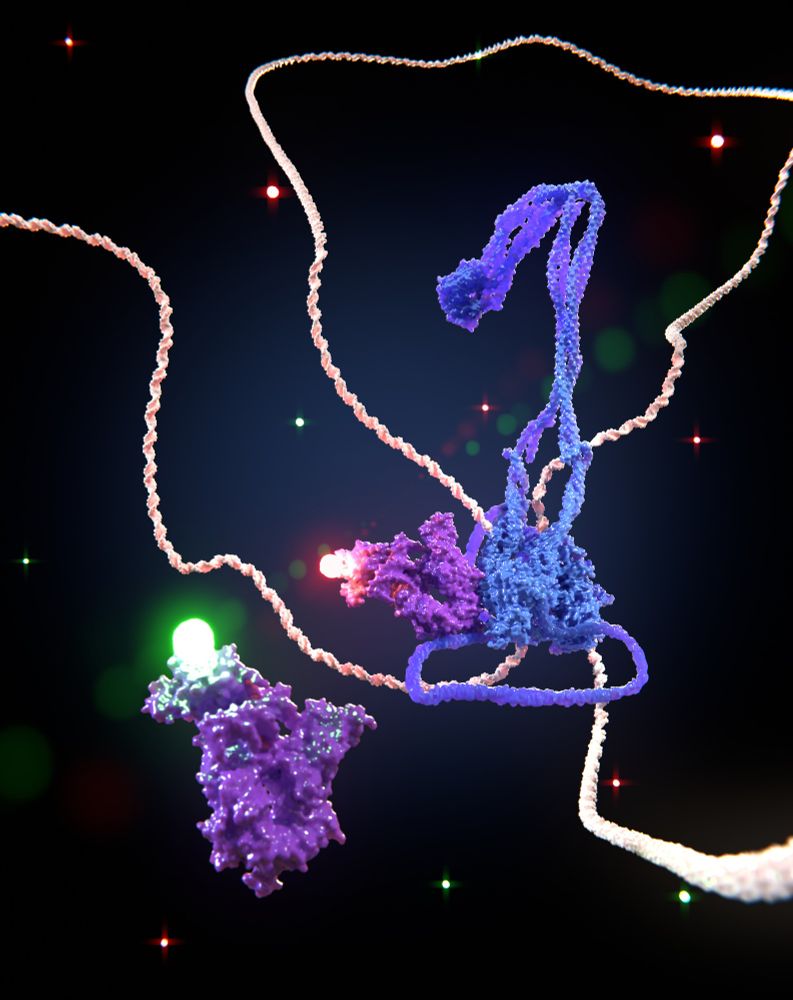
SMC motor proteins have a left-right ‘gearbox’ and can switch direction in DNA loop extrusion!
www.sciencedirect.com/science/arti...
1/
www.biorxiv.org/content/10.1...
